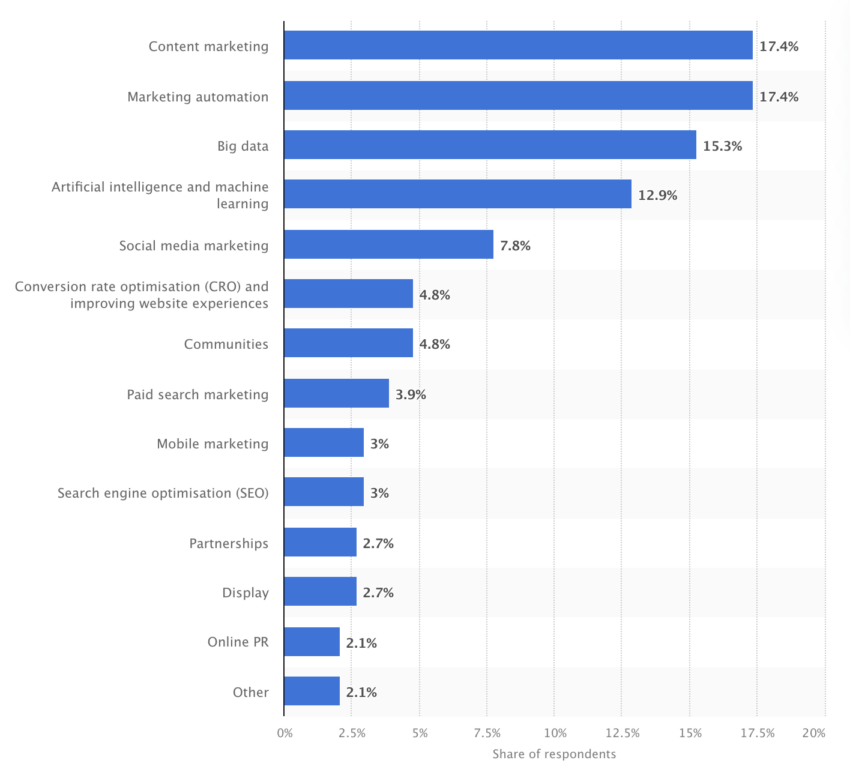As the world shifts toward decentralized technologies like Web3, marketers are keen on leveraging cutting-edge tools to stay ahead. Two such tools, neuromarketing and artificial intelligence (AI), offer a novel fusion to boost Web3 marketing campaigns.
Traditional tactics for audience targeting fall short in Web3, which emphasizes privacy and user autonomy. Together, neuromarketing and AI promise to revolutionize how campaigns are structured and resonate on a deeply personal level with consumers.
The Perfect Blend: Neuromarketing and AI
Neuromarketing, a term first coined by Dutch marketing professor Ale Smidts in 2002, employs neuroscience techniques to delve into the consumer psyche. Using sophisticated tools like electroencephalograms (EEGs), it studies the neural activities correlated with consumer preferences, providing unparalleled granularity in behavioral insights.
These brain scans can reveal how emotions fluctuate second by second, offering a richer understanding than traditional surveys, which often only capture a respondent’s overall reaction to an advertisement.
“Products are made in the factory, but brands are created in the mind,” brand designer Walter Landor memorably stated.
Read more: Building a Strong Crypto Brand Identity: A Complete Guide
But neuromarketing, despite its precision, faces the challenge of scalability. This is where AI comes into play. The machine learning algorithms of AI are adept at interpreting large sets of data, turning the granular insights of neuromarketing into actionable patterns.
For marketers, this translates into the ability to tailor marketing campaigns to individual tastes without violating ethical norms around user data.

The practical applications are already manifesting in the traditional markets. For instance, marketing firm GlassView used high-tech headbands to measure the brain activity of consenting individuals in a traveling campaign.
This neuromarketing data was fed into an AI model, leading to a strategic shift that saw a 97% increase in tourism.
“If you allow machine learning to identify patterns in real-time that are unobservable to the human eye, and point that technology to neuroscientific data, the opportunities are infinite,” said J. Brooks, CMO at GlassView.
Read more: More Than 73% of Web3 Marketers Use Generative AI
Similarly, the music technology company Endel employs generative AI to create personalized soundscapes based on neuroscience insights. This is an approach it describes as built upon a “neuroscientific framework.”
Implications for Web3 Marketing Campaigns
While the potential benefits are vast, ethical considerations loom, especially given the high stakes associated with personal data in the Web3 sector.
One concern revolves around the very granular nature of neuromarketing data. Since this data can reveal emotional triggers consumers may not even be aware of, there is a danger of manipulation. Another ethical challenge stems from the AI algorithms, which need testing to avoid privacy violations and biases.
Read more: These Are the Risks of Using Artificial Intelligence (AI) in Crypto Marketing
Still, the benefits are endless. Imagine an NFT marketplace aiming to optimize its platform for more user engagement.
The marketplace can measure users’ emotional responses when they view or purchase a particular NFT through neuromarketing, using tools like eye-tracking and EEGs. AI algorithms can then analyze this data to predict which NFTs will likely be popular among user segments.
Subsequently, the marketplace can use these insights to recommend NFTs tailored to individual users, effectively increasing the chances of sales.

DeFi platforms that offer lending and borrowing services can also use neuromarketing to measure users’ brain activity as they navigate the borrowing process. The insights reveal that users experience a peak in stress hormones when they reach the part that outlines risks and interest rates.
To tackle this, AI-powered chatbots can be deployed to offer immediate, customized advice when a user reaches this section.
Read more: 6 Best Web3 Marketing Agencies To Support Your Crypto Project
The confluence of neuromarketing and AI could serve as a linchpin in defining the future of Web3 marketing.
Far from a simple tactical shift, this fusion represents a fundamental rethinking of how consumer data can be ethically sourced and powerfully applied. It holds promise and caution in equal measure.
Disclaimer
In adherence to the Trust Project guidelines, BeInCrypto is committed to unbiased, transparent reporting. This news article aims to provide accurate, timely information. However, readers are advised to verify facts independently and consult with a professional before making any decisions based on this content. Please note that our Terms and Conditions, Privacy Policy, and Disclaimers have been updated.


